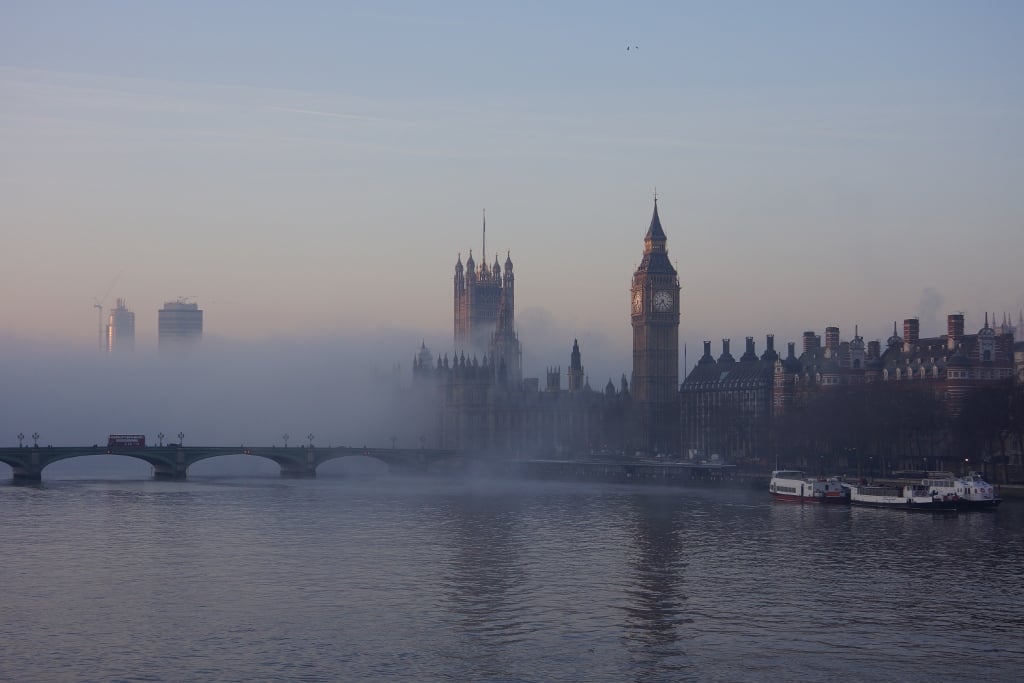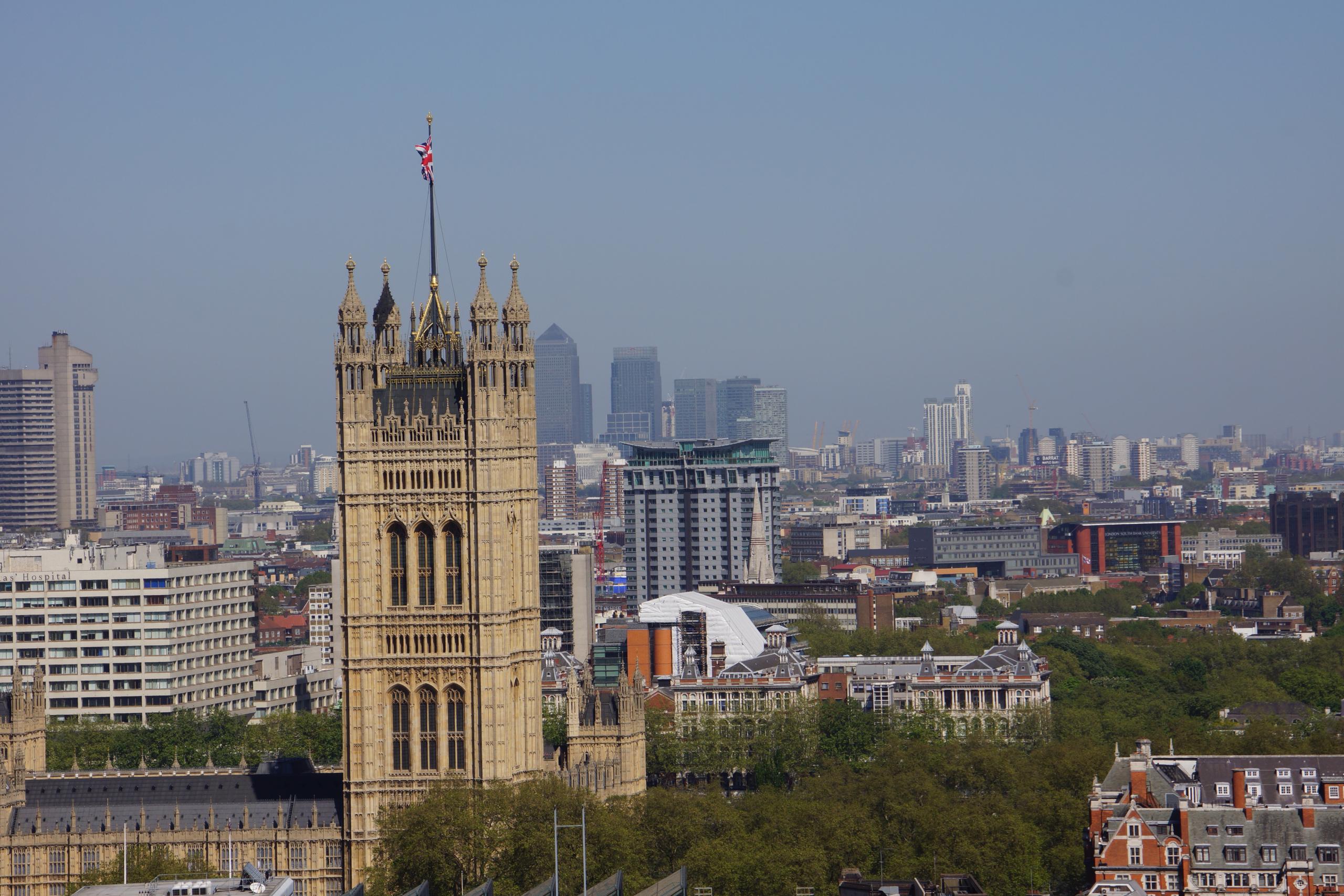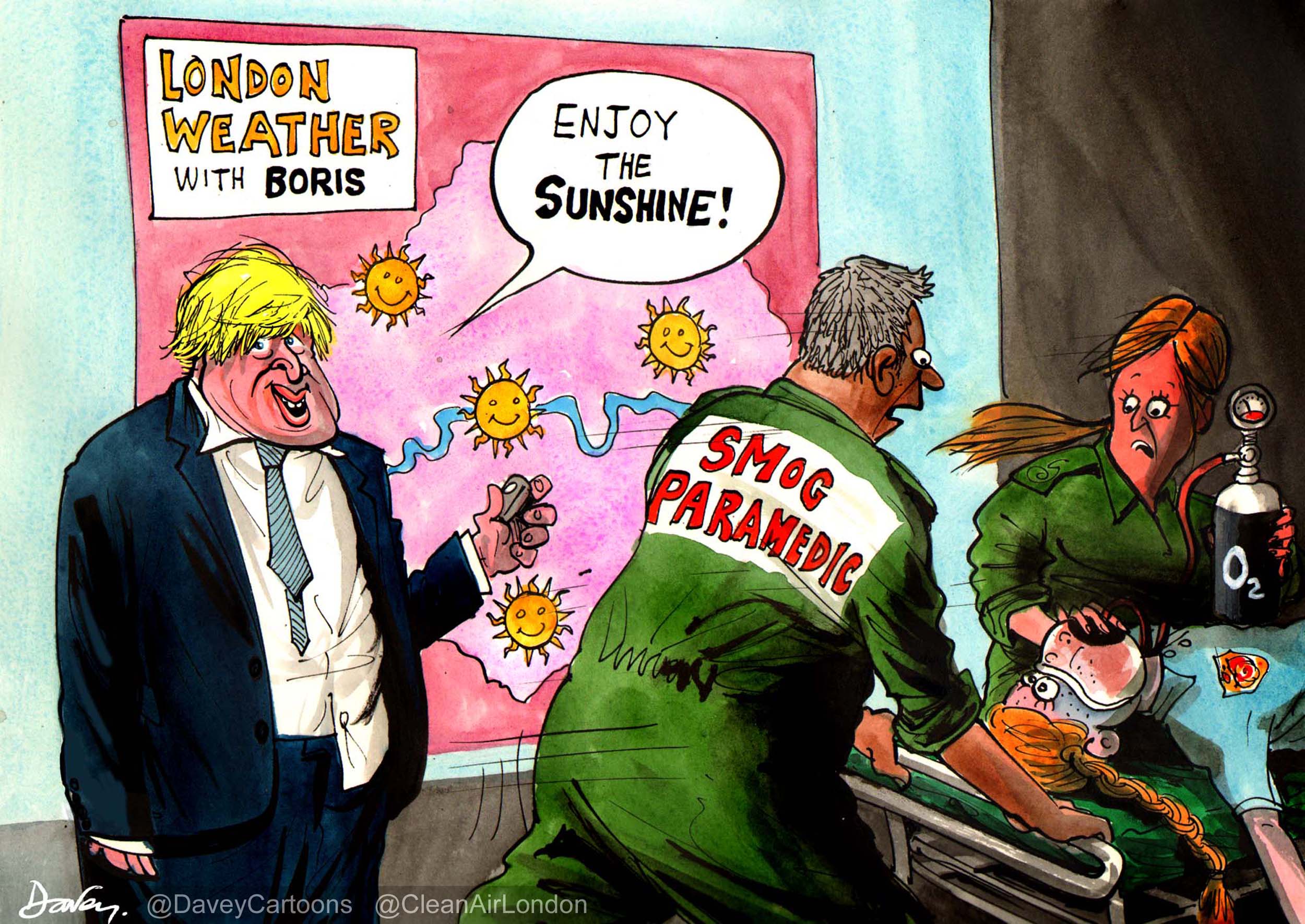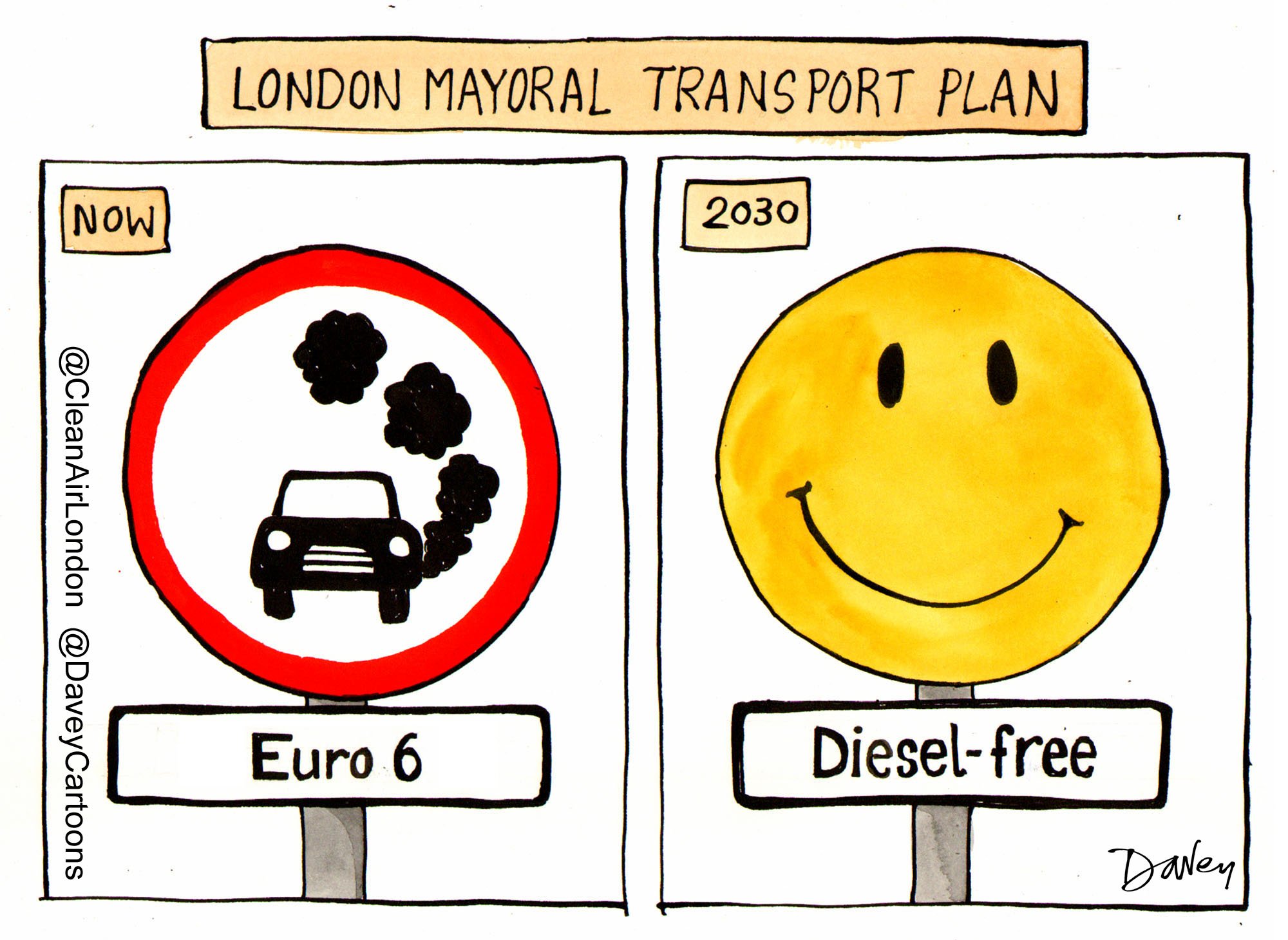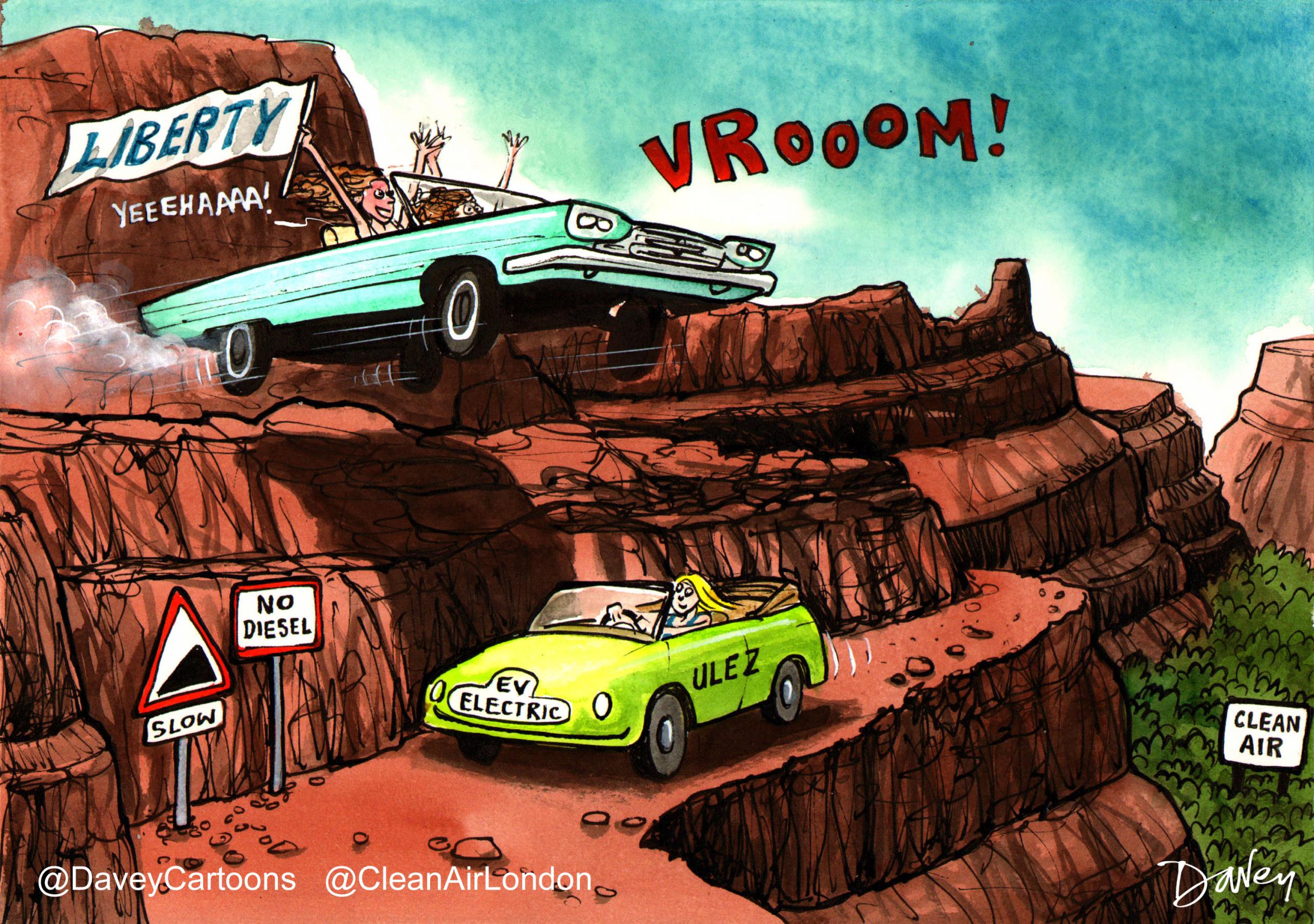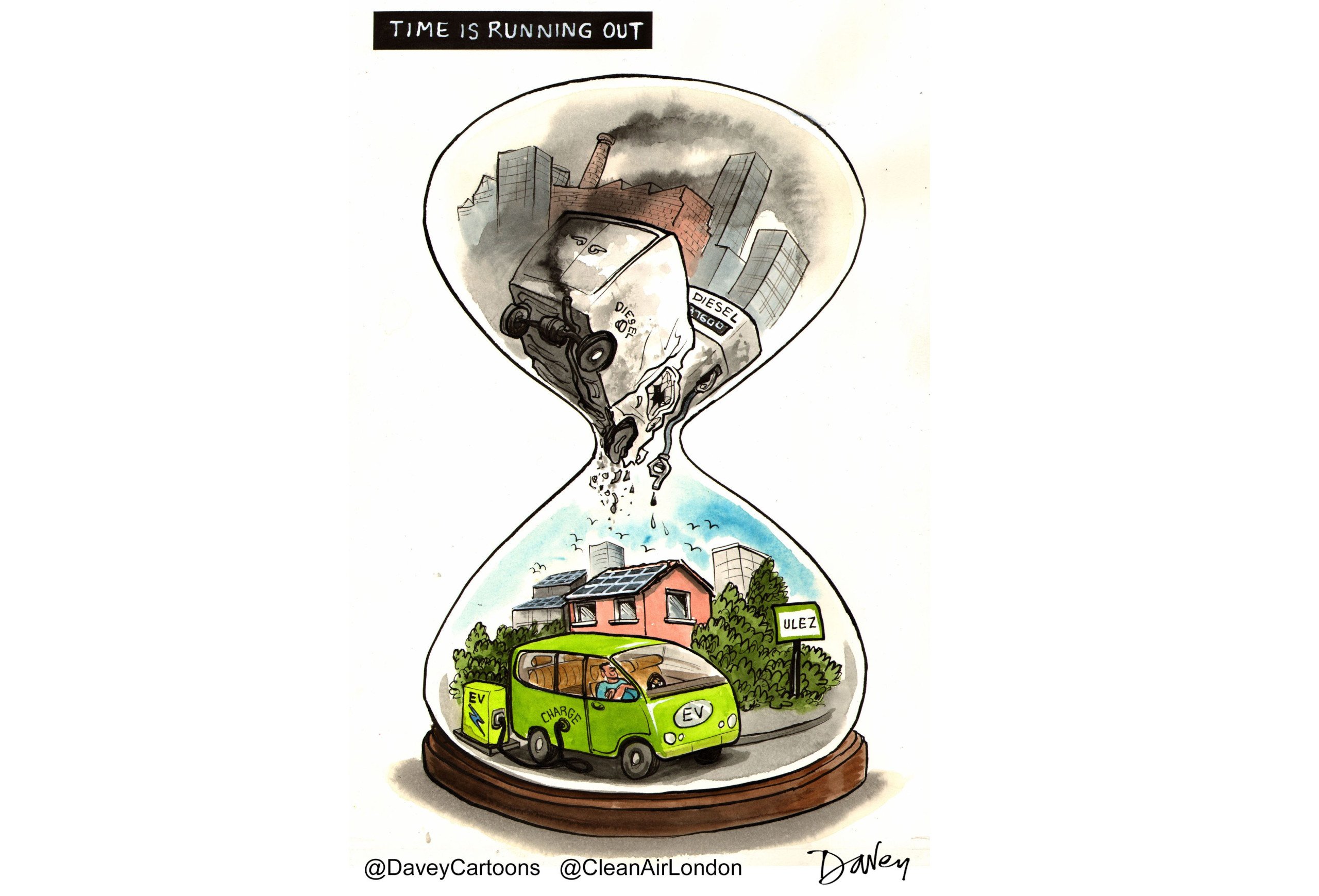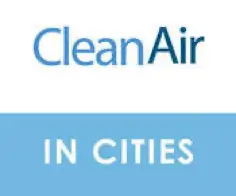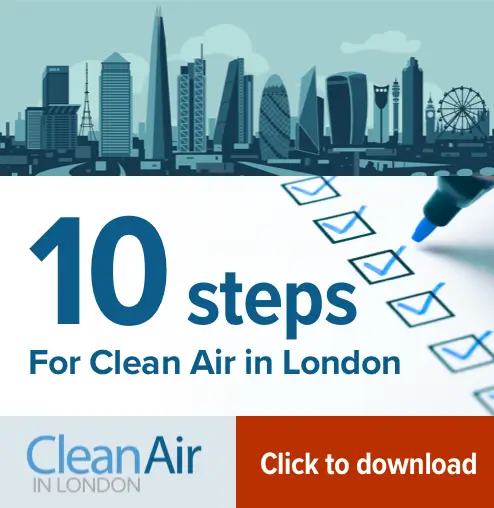Government covered-up three legally-required smog warnings in the fortnight after launching a consultation proposing the scrapping of local monitoring by others
In two incidents, the Government: says another monitoring network is ‘separate’; and blames [sudden and] ‘worst case’ instrument malfunction/vandalism/power failure for another failure to issue an ‘Information alert’ required under UK and EU law. In a third incident, the Government misled the public by tweeting about MODERATE air pollution instead of issuing an ‘Information alert’. Government blames ‘communications’ failures for two other monitors going offline hours before an ‘Information alert’ might have been required
Government admits “there are many opportunities for faults to occur in measurement and data handling [on our network]”
Clean Air in London urges the Government to build on the current Local Air Quality Management system not scrap or reduce it or replace it by its own unreliable systems
Clean Air in London (CAL) has found the Government covered-up three legally-required smog warnings in the fortnight after launching a consultation proposing changes that would scrap or reduce air pollution monitoring, reporting and local air quality management by local authorities across England.
Separately, the Government assured CAL in a letter dated 4 September 2013 that ‘Defra’s air pollution alert systems are automated based on data in the UK-AIR website databases and the UK wide network of stations which form part of Defra’s compliance monitoring network’. However, after CAL requested clarification Defra admitted ‘this actually corrects the [email attached to the letter] which assumes this tweet would be automated’. Government ‘Information alerts’ are not automated.
CAL used powerful European access to environmental information laws to expose catastrophic failings in the Government’s own monitoring and reporting of air pollution.
Government consultation
Defra launched a consultation on the future of Local Air Quality Management on Tuesday 12 July with a closing date of Friday 30 August. In apparent panic, after widespread media and public condemnation of their proposals and for holding a consultation over the summer holidays, Defra delayed the deadline for responding to its consultation to Friday 13 September.
In essence, Defra’s consultation proposes four options for Local Air Quality Management:
- Scrap some assessment and reporting: Remove the need to carry out ‘Further Assessments’. Review the need for continued assessment and reporting on objectives that have been met.
- Scrap most assessment and reporting: Option 1 plus change focus from review and assessment and reduce reporting.
- Scrap most local authority duties: Option 2 plus: scrap local authority duty to carry out detailed assessments or to make/amend Air Quality Management Areas; and scrap reporting requirements for local hotspots.
- Scrap all local authority duties: Repeal Local Air Quality Management duties in the Environment Act along with Air Quality England Regulations. Amend regulations as in Option 3. No specific duties on local authorities to assess or report on air quality locally.
Defra says Option 3 is its preferred option. Its own Impact Assessment shows that Option 3 would result in local authorities scrapping up to 117,360 nitrogen dioxide diffusion tubes per annum plus up to 600 sites monitoring oxides of nitrogen and 200 sites monitoring dangerous airborne particles (PM10).
In media comment, Defra has stated that local air quality monitoring is not a statutory duty for local authorities. However, this is totally disingenuous since local authorities are under a statutory duty to ‘assess’ local air quality (which requires monitoring).
Summer smog
EU Directive 2008/50/EC on ambient air quality and cleaner air for Europe requires:
- where the information threshold specified in Annex XII or any of the alert thresholds laid down therein is exceeded Member States shall take the necessary steps to inform the public by means of radio, television, newspapers or the internet. The ‘Information alert’ threshold for ozone, the most irritant gas for humans, is a one-hour mean of 180 micrograms per cubic metre (mg/m3); and
- Annex XVI specifies minimum information to be supplied to the public.
‘Inform’ is an ‘action verb’ not the passive posting of a notice on a technical website.
The UK experienced two or more smog episodes in the fortnight after Defra’s consultation was launched. CAL found:
- two or more Government monitors had gone ‘offline’ in the hours before they might have triggered an ‘Information alert’;
- Defra failed to issue an ‘Information alert’ when the excellent London Air Quality Network’s (LAQN) monitor in Richmond – Barnes Wetlands reported average one-hour ozone of 182 mg/m3 at 1600 on Tuesday 16 July;
- Defra failed to issue an ‘Information alert’ when the Government’s Automatic Urban and Rural Monitoring Network (AURN) monitor in Canterbury recorded 190 mg/m3 and 194 mg/m3 for ozone on Monday 22 July 2013; and
- Defra failed to ‘inform’ the public (and actively misled it by tweeting ‘MODERATE’) after posting an ‘Information alert’ on a separate air pollution website at about 1700 after its monitor in Brighton – Preston Park recorded average one-hour ozone of 182 mg/m3 at 1600 on 22 July 2013.
Using powerful European access to environmental information laws, CAL forced the Government to admit in a letter dated 4 September 2013:
- “…contractors report that communications were lost [with the monitor at Charlton Mackrell on 14th July] and this may be linked to the high temperatures affecting the equipment although we cannot pinpoint an exact cause.”
- in respect of the Defra monitor at London – Teddington [which the LAQN calls Richmond – National Physical Laboratory] on 18th July “the Code Activated Switch ‘locked up’ (froze with regards to accepting instructions to communicate) as sometimes happens.”
- “The London Air Quality Network (including the London Barnes Wetlands monitoring station) is separate from the Defra network and run by King’s College London on behalf of local authorities for the purpose of local air quality management. Defra’s air pollution alert systems are automated based on the UK-AIR website databases and the UK wide network of stations which form part of Defra’s compliance monitoring network.”
- “In the worst case scenario, instrument malfunction/vandalism/power failure can lead to loss of data irrespective of the extent of communication attempted via telemetry (as was the case with the Canterbury data between 09:45 and 11:45 on the 22nd July)”
After being asked for clarification later that day, Defra told CAL by email:
- “No tweets were issued on this occasion specifically about the information threshold, though the usual automated tweets at 1pm and 5pm went out as we were measuring moderate air quality [based on the eight-hour objective as opposed to the one-hour mean triggering an Information alert’]. You’ll see that the circumstances surrounding this are explained in the [attached] email on 22nd July at 17:11 and this actually corrects the email below it which assumes this tweet would be automated.”
Defra’s letter went on to say “It is worth bearing in mind that there is a diverse range of instruments and communication methods deployed on the network. Data gathering issues occur for a variety of reasons depending on the type of communications installation deployed and instruments at the site. This means that there are many opportunities for faults to occur in measurement and data handling.”
In essence, the Government says another monitoring network is ‘separate’ and blames [sudden and] ‘worst case’ instrument malfunction/vandalism/power failure respectively for its failure to issue ‘Information alerts’ required under UK and EU law. In a third incident, the Government misled the public by tweeting about MODERATE air pollution instead of issuing an ‘Information alert’. Government blames ‘communications’ failures for two other monitors going offline hours before an ‘Information alert’ might have been required.
The Mayor comes out of this badly too. He has refused to issue smog warnings saying they are the Government’s responsibility. No-one therefore issued a warning when the ‘Information alert’ threshold was triggered at London – Barnes Wetlands on 16 July 2013. This is inexcusable.
The importance of smog warnings and independent monitoring and reporting cannot be emphasised strongly enough. The Mayor estimates there have been hundreds of additional hospitalisations in London in recent years during smog episodes.
Reject all four options
In a nutshell and against a backdrop of catastrophic failures of the Government’s own systems, the Government is proposing to scrap completely or reduce the need for monitoring and reporting of air pollution by local authorities. Options 1 and 2 would lead to the demise of continued assessment and reporting at least on objectives that (the Government wrongly alleges) have been met e.g. dangerous airborne particles (PM10). Options 3 or 4 would involve scrapping Air Quality Management Areas (AQMAs) and/or all separate Local Air Quality Management (LAQM) duties. It is not clear whether the Government would even continue to comply with the EU legal requirement to operate its own more limited monitoring network (currently 128 monitors nationally and 300 in total).
In summary, the Government’s proposals would:
- scrap or reduce the monitoring and/or reporting of air pollution by local authorities;
- leave the public and others relying on the Government’s limited, unreliable and untrustworthy monitoring network to ‘highlight’ air pollution episodes and its computer modelling to highlight, through some undefined process legal breaches perhaps nine months or more after the calendar year end. In some cases information might be averaged over three years;
- remove the protections and accountability of the Air Quality Management Area system; and
- drive a coach and horses through fundamental protections in the planning system.
All four of the Government’s proposals are therefore unacceptable.
The Government should go back to the drawing board to develop powerful aims and an approach which builds on the strengths of the current Local Air Quality Management system not undermines it.
Notes
Details of the proposals and ways to reject them can be seen at:
There is also a petition at:
CAL 297 EPUK planning guidance 2014_Draft 191214

